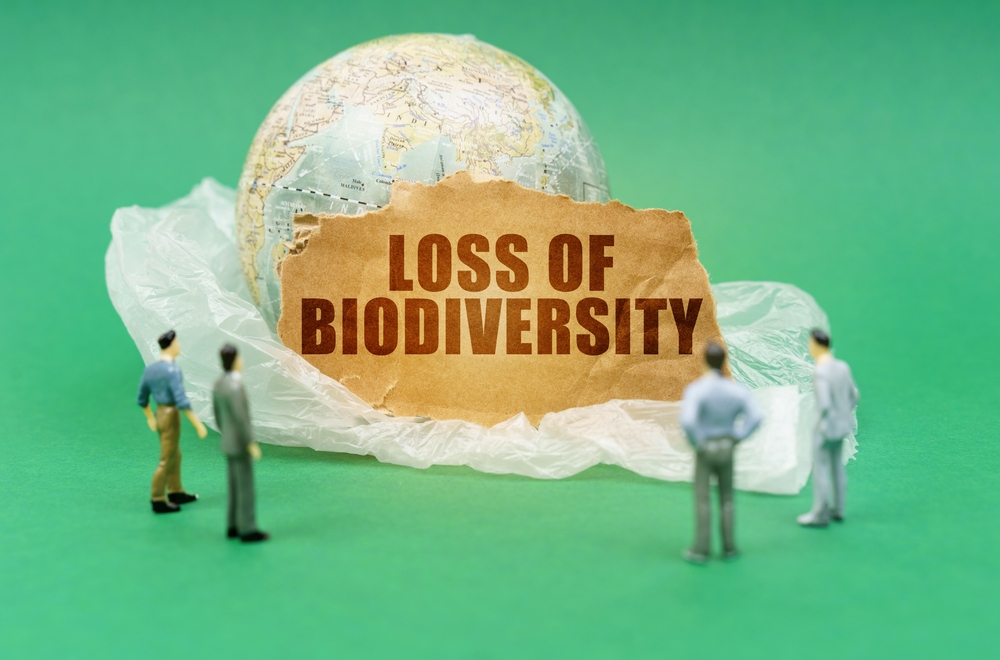The Forest’s Cool Embrace: A Sanctuary in Warming Climates
In the midst of North America’s intensifying heatwaves, a recent study from the University of California, Davis, underscores the pivotal role of forests as a crucial refuge for mammals. Against the backdrop of escalating climate change, this research emphasizes the growing importance of preserving forested habitats to safeguard wildlife populations.
Study Highlights Dependence on Forests: A Climate-Driven Trend
Published in the esteemed journal PNAS, the study exposes a consistent trend among North American mammals, ranging from majestic pumas, wolves, and bears to the more modest rabbits, deer, and opossums. These creatures exhibit an unwavering reliance on forests while actively avoiding human-dominated areas such as cities and farms in hotter climates. Remarkably, the study found that mammals in these warmer regions are, on average, 50% more likely to inhabit forests than open habitats.
Climate-Mediated Variation: Tailoring to Habitat

Lead author Mahdieh Tourani accentuates the nuanced response of different populations of the same species to habitats based on their geographical location. This climate-mediated variation becomes a defining factor shaping the habitat preferences of North American mammals. For instance, the study highlights the eastern cottontail’s preference for forests in hotter areas while favoring human-dominated habitats in colder regions.
Challenging Conservation Norms: Intraspecific Variation Unveiled
The study challenges traditional conservation biology approaches that often categorize species into those coexisting well with humans and those that do not. The authors emphasize the prevalence of “intraspecific variation,” revealing the complexity of species beyond these binary distinctions. They advocate for a more nuanced approach, acknowledging ecological flexibility and the intricate ways in which species respond to habitat changes.
Adapting Conservation Strategies: A Call for Tailored Approaches
Senior author Daniel Karp, an associate professor at UC Davis, underscores the role of climate in species’ responses to habitat loss. The study suggests that conservation efforts cannot adopt a one-size-fits-all approach, emphasizing the need for tailored strategies based on climate-mediated variations. By understanding how different species navigate their ecosystems, conservation managers can make informed decisions on preserving and establishing protected areas, even in human-dominated
Climate Change and Habitat Loss: A Dual Threat to Biodiversity
In the face of the extensive consequences of climate change, the study unveils a dual menace emanating from the tandem forces of escalating temperatures and the relentless encroachment of urbanization and agriculture into natural habitats. This combined onslaught forces wildlife to navigate an intricate and increasingly fragmented landscape, posing unprecedented challenges to their survival. The findings serve as an urgent call to action, emphasizing the imperative for comprehensive conservation strategies that extend beyond merely mitigating the immediate impacts of climate change.

The encroachment of urbanization and agricultural expansion necessitates an approach that not only tackles the ongoing challenges of habitat destruction but also addresses the cumulative effects of these threats on biodiversity. The identification and prioritization of areas serving as crucial habitats become pivotal in this conservation equation. By strategically focusing on the preservation of these vital spaces, conservation efforts can act as guardians of the diverse mammalian communities dependent on them. This strategic approach ensures that conservation strategies are not only reactive to current environmental threats but also anticipatory, safeguarding essential habitats against future encroachments and climate-related shifts. The study, thus, not only contributes valuable insights into mammalian responses to habitat changes but also propels a paradigm shift in the way we approach conservation in the era of climate change and urban expansion.
Educational Initiatives for Coexistence: Nurturing a Conservation Ethos
Beyond the realm of research and conservation practices, the study advocates for robust educational initiatives aimed at fostering a deeper understanding of the intricate relationship between climate, habitat, and wildlife. Raising awareness about the ecological significance of forests and the diverse behaviors of mammalian species can instill a conservation ethos in local communities. This knowledge empowers individuals to actively participate in creating and maintaining environments that support biodiversity. From school programs to community outreach, education becomes a powerful tool in the arsenal of conservationists, shaping a collective commitment to coexisting harmoniously with the natural world amidst the challenges of a changing climate.
Snapshot USA: Unveiling Mammalian Preferences
This pioneering study, delving into the intricacies of plant-pollinator dynamics in urban environments, emerges as a landmark contribution with far-reaching implications for the broader field of urban ecology. By unraveling the unexpected richness of flora within cities, the research challenges entrenched traditional notions, acting as a catalyst for the reevaluation of our approach to urban development. The revelation of diverse plant-pollinator networks prompts a call for nuanced ecological management strategies in urban planning, recognizing the intricate interplay between urbanization and biodiversity.
As we navigate the complexities of urbanization and its profound impact on the natural world, this study serves as more than a scientific exploration; it becomes a guiding beacon urging us to adopt a holistic perspective. The unexpected abundance of flora in urban landscapes prompts a shift in paradigm, emphasizing the necessity for ecologically informed strategies. It opens a discourse on reimagining urban spaces not merely as concrete jungles but as dynamic ecosystems where biodiversity and human development can coexist harmoniously.
Moreover, the study underscores the critical need to address urbanization’s implications for ecological sustainability. It invites us to explore innovative approaches and comprehensive strategies that go beyond conventional urban planning. By recognizing the intricate relationship between urban landscapes and the environment, we can pave the way for a sustainable and ecologically conscious future. This research, funded by [Funding Organization], not only expands our scientific understanding but also lays the groundwork for transformative changes in the way we conceptualize, plan, and inhabit urban spaces.
A Pathway for Conservation: Tailoring Efforts for a Sustainable Future
This groundbreaking study not only contributes significantly to our understanding of plant-pollinator dynamics in urban environments but also holds broader implications for the field of urban ecology. The unexpected richness of flora within cities challenges traditional notions, highlighting the need for nuanced ecological management strategies in urban planning. As we delve into the intricacies of urbanization and its impact on biodiversity, this research serves as a guiding beacon, prompting a reevaluation of our approach to urban development and our coexistence with the natural world. The study underscores the complex interplay between urbanization and ecological sustainability, emphasizing the importance of adopting holistic and ecologically informed strategies for shaping the future of urban landscapes.
Related Topics
- Climate Change: Crossing the 1.5°C Threshold Sooner Than Expected – Micro2media.com
- The countdown has begun! Earth’s oxygen on the brink of disappearance?A study warns of the end of life on Earth due to a sudden deoxygenation. Why and when will this happen? – Micro2media.com
- Environmental News Network – In Hotter Regions, Mammals Seek Forests, Avoid Human Habitats
- Mammals are seeking refuge from the heat in forest habitats • Earth.com
